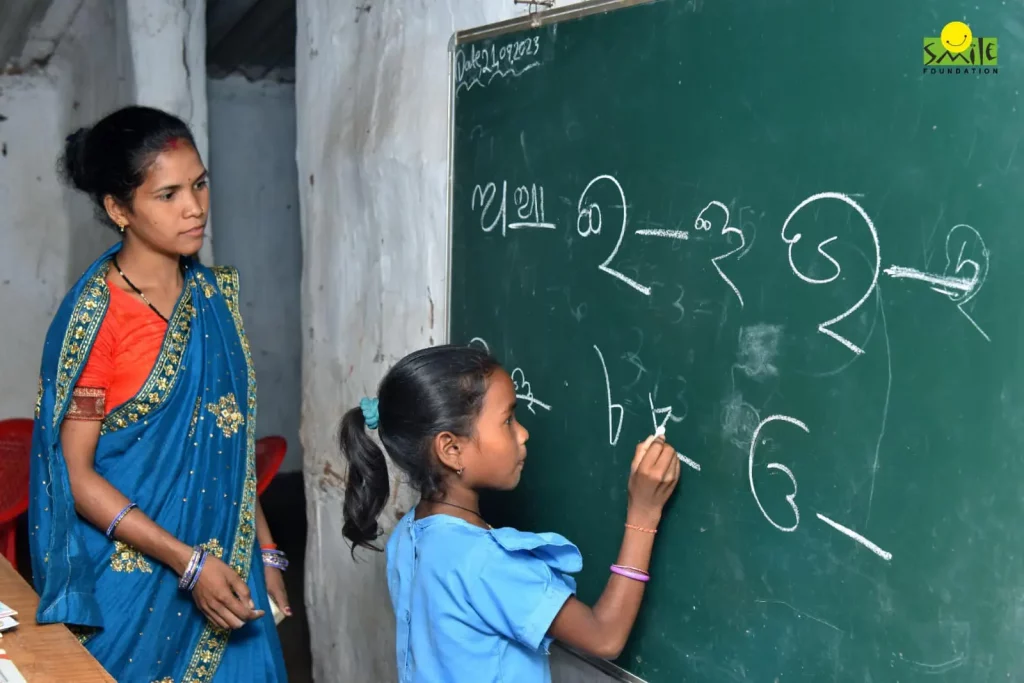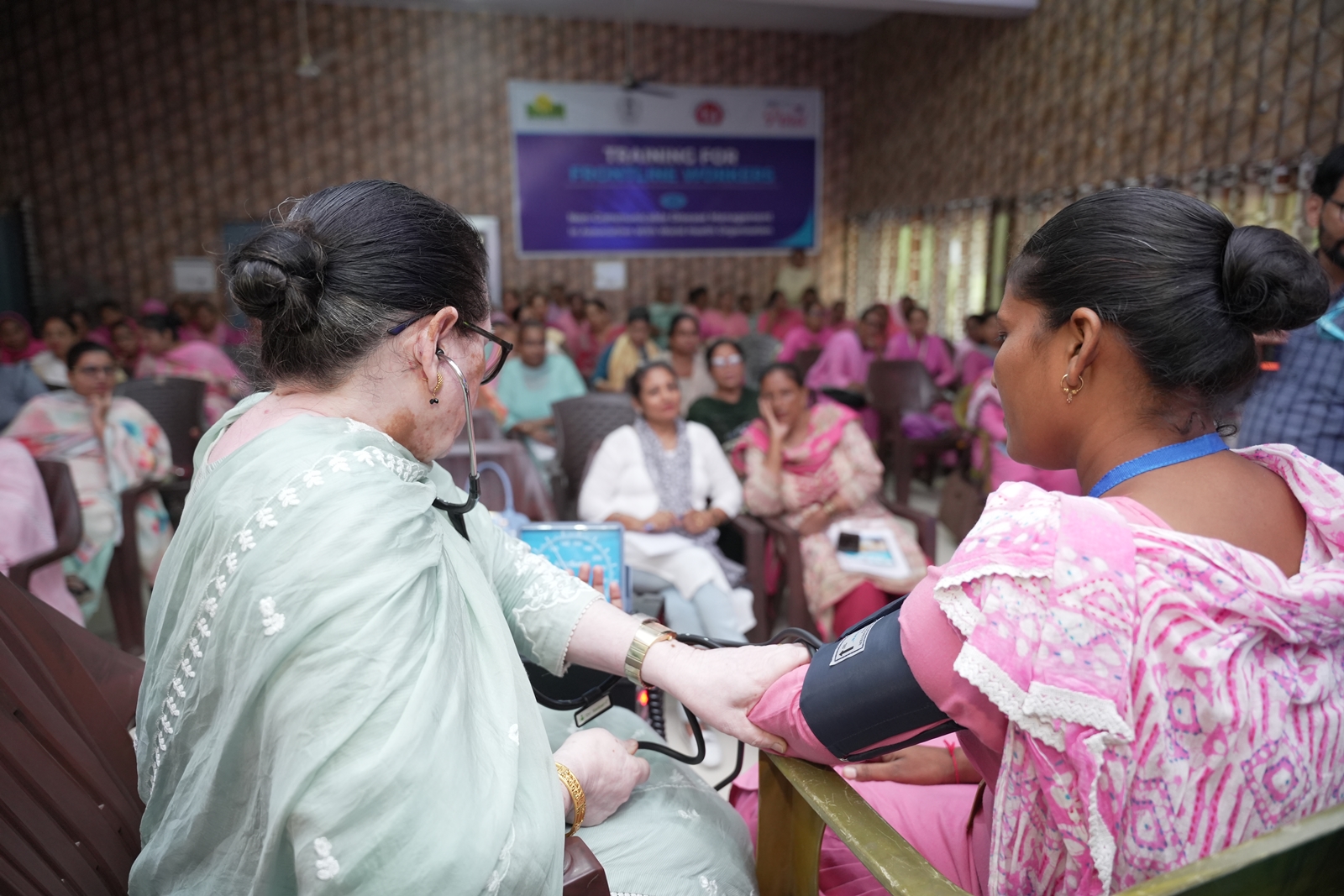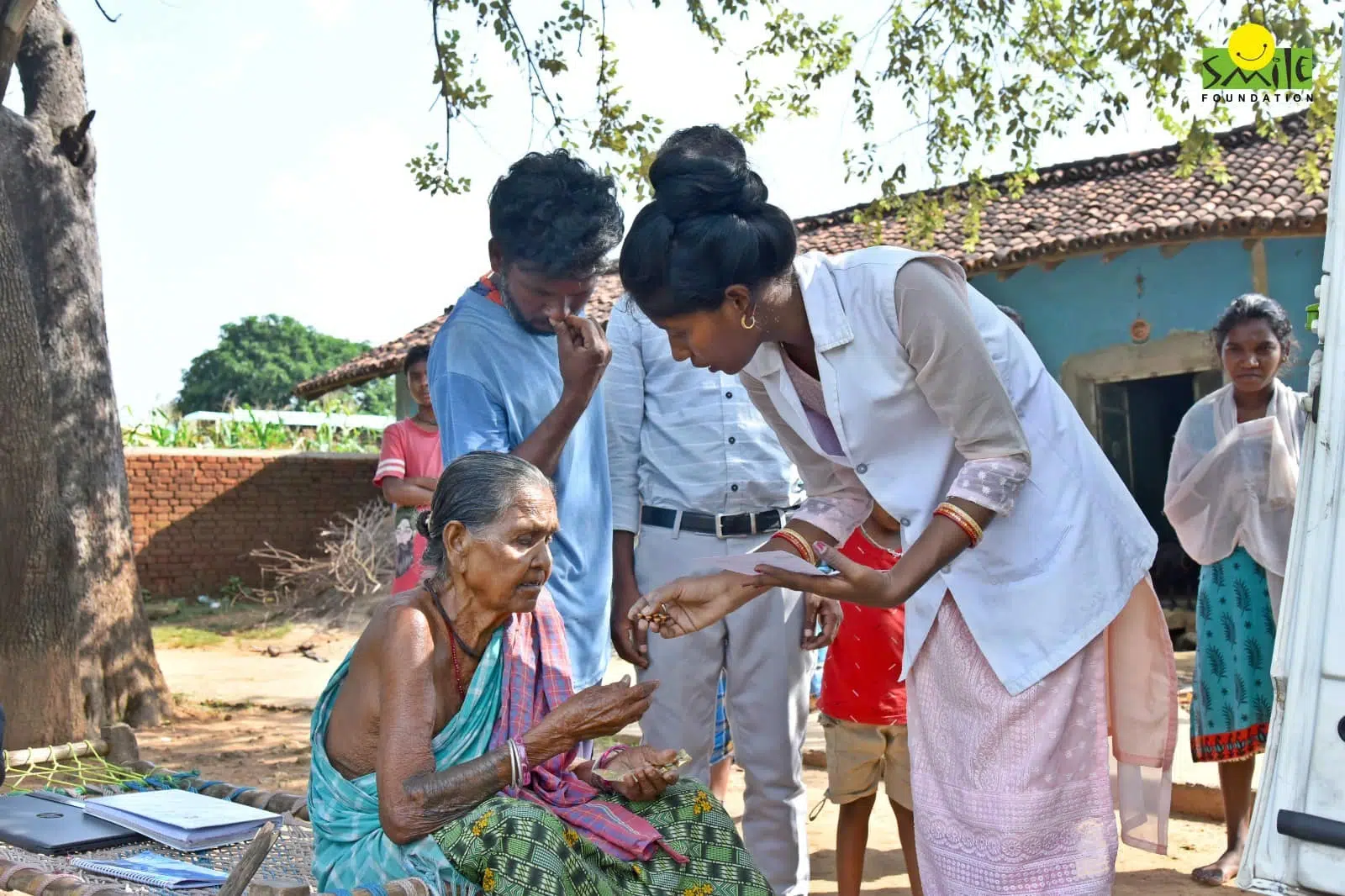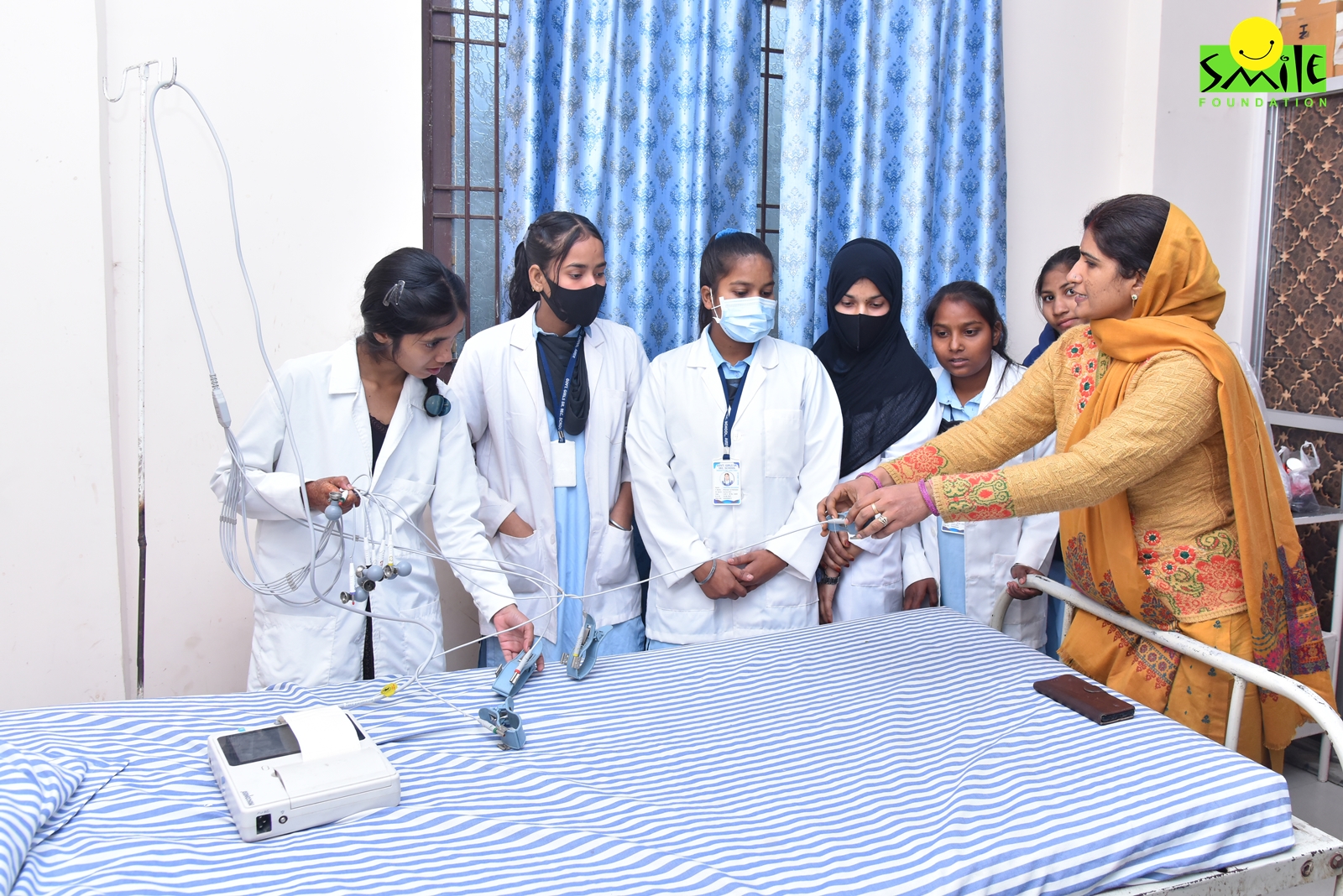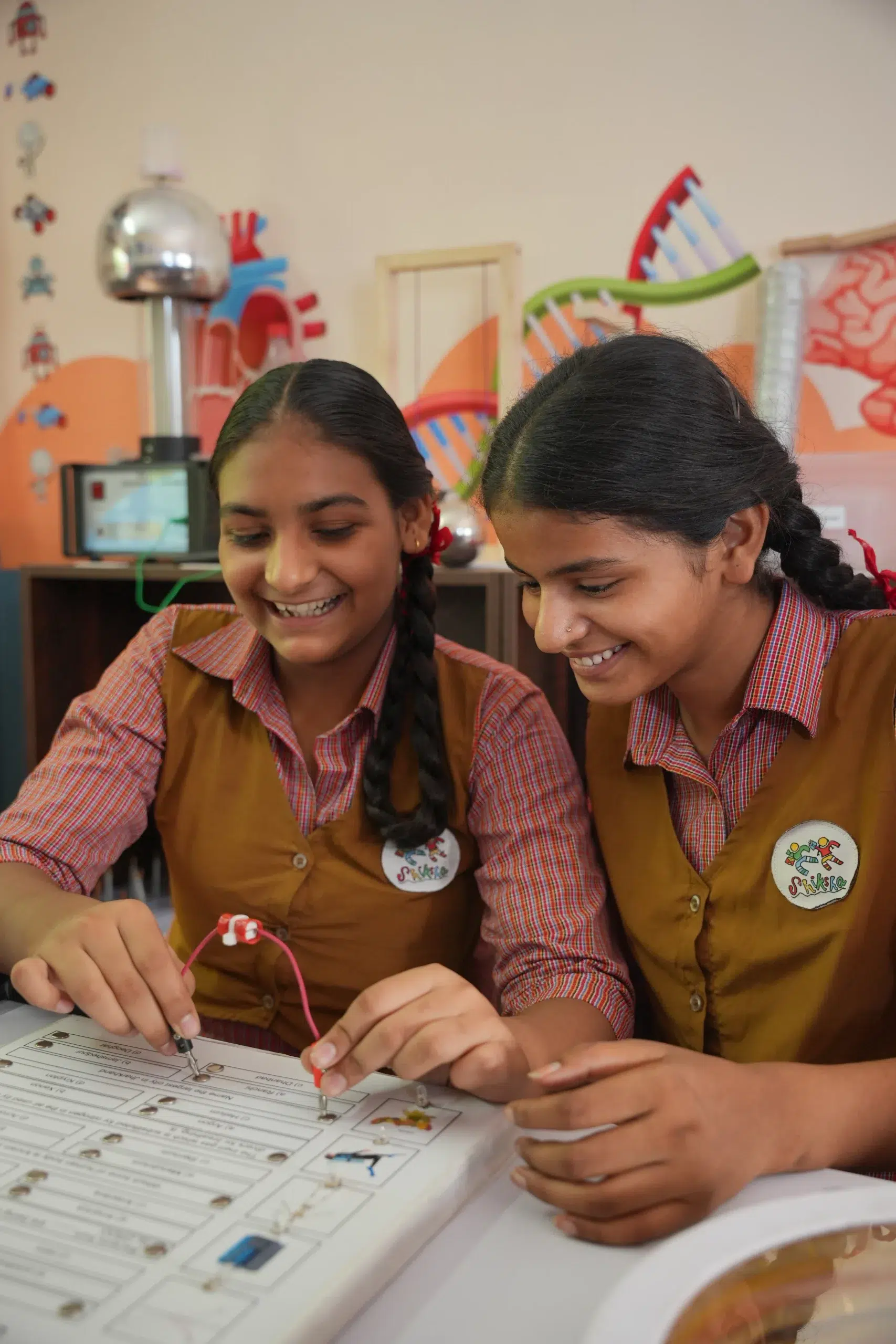Millions of underprivileged and marginalized children continue to lack access to equal and quality education, particularly in rural India. Despite the growing popularity of digital learning, which has gained immense momentum in the post-COVID-19 world, a lack of infrastructure, resources, and regulations continues to dominate the gaps in children’s education from the marginalized and economically weaker sections of society.
Education is crucial for a progressive society, and it is essential for any government to ensure that every child has access to high-quality education. Since its independence, India has been focused on improving educational access, and initiatives like the Right to Education Act (2009) mandated free education for children aged 6-14. Based on this primary statute, over the years, India has made great strides in improving access to quality education, introducing policies and schemes to increase school enrolment, and providing equal and accessible education to children, especially from underprivileged and marginalized sections.
To begin with, the Samagra Shiksha scheme, launched in 2018-19 by the Department of School Education and Literacy, integrates the erstwhile Sarva Shiksha Abhiyan (SSA), Rashtriya Madhyamik Shiksha Abhiyan (RMSA), and Teacher Education (TE) to provide inclusive and equitable quality education from preschool to senior secondary levels. It offers financial assistance to States and Union Territories for establishing and upgrading schools, constructing classrooms, running Kasturba Gandhi Balika Vidyalayas (KGBVs) and residential schools, and providing free uniforms, textbooks, and support for enrollment and retention. The scheme also focuses on out-of-school children through special training programs, residential camps, seasonal hostels, and transport facilities.
Additionally, mid-day meals are provided at the elementary level, and children with special needs receive support for identification, assessment, aids, Braille kits, teaching materials, and stipends for girls with disabilities, ensuring access, retention, and quality education for all learners.
Besides this, a few other government schemes for education have transformed the Indian education system.
Sarva Shiksha Abhiyan
Started in 2001, the Sarva Shiksha Abhiyan intends to ensure primary education for all children between the ages of 6 and 14. The scheme’s main goals include improving school infrastructure, raising educational standards, and bridging the gender and social gaps in children’s education.
The National Program for Elementary Education of Girls (NPEGEL)
NPEGEL aims to ensure that the ‘hardest-to-reach’ females, particularly those not enrolled in school, receive education to bridge the gender gap in India’s education and skill development sector. This initiative provides additional assistance to improve the education of females from underprivileged groups, such as Scheduled Tribes, Scheduled Castes, and minorities.
Beti Bachao, Beti Padhao
In addition to the Indian government’s efforts to address the decreasing child sex ratio, the Beti Bachao, Beti Padhao program, started in 2015, seeks to empower girls through education. The program aims to ensure girls’ education and engagement while transforming society’s perceptions of them.
The National Secondary Education Incentives Program for Girls
Through this scheme, girls from Scheduled Castes and Scheduled Tribes are encouraged to enrol in secondary school. Additionally, girls who complete the eighth standard and begin secondary education are given cash incentives.
The Rashtriya Madhyamik Shiksha Abhiyan
This scheme started in 2009 and seeks to increase the quality and accessibility of secondary education for children from marginalised sections. The program aims to improve school infrastructure and provide secondary education to all residents within a reasonable commute.
CBSE Udaan Program
The CBSE Udaan initiative focuses on the low number of girls enrolled in esteemed engineering and technical schools. It helps female students from low-income families prepare for engineering admission examinations by offering them free online resources, lessons, and mentoring.
Kasturba Gandhi Balika Vidyalaya
KGBV’s mission is to give girls from underprivileged rural communities access to high-quality education. The program creates residential schools for upper primary students to guarantee that females have access to education in a secure and encouraging setting.
Sukanya Samriddhi Yojana
Sukanya Samriddhi Yojana is largely a savings program, although it also indirectly aids in girls’ education. The initiative gives parents financial stability for their daughters’ future educational needs by enabling them to save for their education and marriage. Through tackling monetary, social, and physical obstacles, these initiatives have achieved noteworthy progress in guaranteeing that all children, irrespective of their circumstances, have access to high-quality education.
Building blocks through government schemes for education
Increased enrolment: The education schemes and policies encourage more children to enroll in schools, helping them with finance-related obstacles. More children enrolling in schools encourages others to undertake primary education.
Increased female education: Most of the government’s education policies focus on girls’ education to ensure that India can soon bridge the gender gap and work towards achieving the SDG 5 goal – gender equality.
Better reading and writing skills: Data suggests that free education has helped improve literacy rates nationwide, with more youth from the marginalised sections undergoing skill training.
Breaking the poverty cycle: These education schemes in the rural hinterlands have helped break the generational poverty cycle, bringing home jobs and the security of a better future.
Overall Growth: These programs also provide meals, uniforms, and books to support children’s well-being.
Looking at these efforts, it’s clear that they’re not just rules but a promise to make education accessible to all. However, more must be done to make these policies even more effective.
What gaps persist
The Economic Survey 2024-25 states that though government education schemes seek to boost foundational literacy, learning gaps persist. Teacher shortages continue with a lack of proper infrastructure, raising concerns about education quality. Despite an increase in the education budget, overall spending as a percentage of GDP has remained unchanged since 2013–14, limiting improvements in facilities and teaching materials.
Additionally, the Survey notes that although there have been substantial infrastructure improvements in government schools – with 97.2 percent of newer schools having girls’ toilets and 89 per cent having computers, internet availability is still low at 53 per cent, restricting the scope of digital learning. Unequal access to quality education remains a major issue, especially in rural areas with scarce trained teachers and schools.
Smile’s Work
Smile Foundation’s flagship program, Mission Education, is a holistic initiative that ensures that every child, regardless of background or circumstance, has access to quality education. By integrating academic learning with nutrition, healthcare, and life skills, the program creates a strong foundation for children to thrive. Recognizing that education alone is not enough, Mission Education provides a safe and supportive environment that nurtures both intellectual and emotional growth, addressing barriers such as malnutrition, poor health, and socio-economic challenges that often prevent children from continuing their studies.
Aligned with India’s New Education Policy (2020) and SDG Goal 4 (Quality Education), Mission Education reaches some of the most vulnerable children across the country. The program supports children aged 3 to 18 who face extreme hardships, including those from low-income families, differently-abled children, disaster-affected communities, abandoned and street children, and those living in remote villages, tribal areas, and conflict zones. By focusing on inclusive and equitable education, Smile Foundation is helping children complete their schooling and also empower them with the skills and confidence to build a better future for themselves and their communities.



